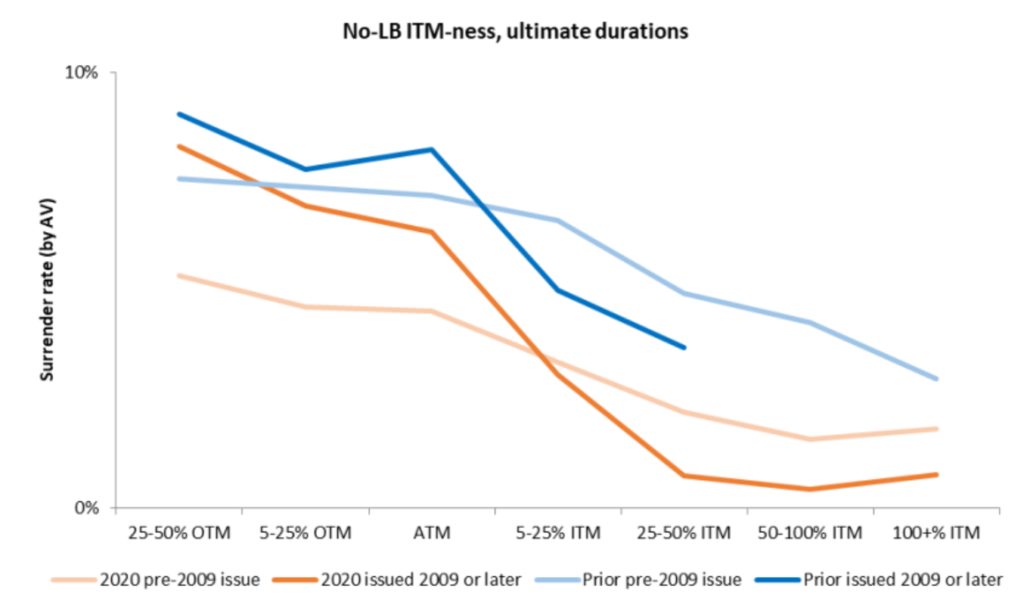Link: https://www.milliman.com/en/insight/2021-Milliman-Variable-Annuity-Mortality-Study
Excerpt:
Milliman Variable Annuity Mortality Study shows mortality increases of 11% as a result of COVID-19 pandemic
Life insurers and annuity writers are now beginning to understand the impact of the COVID-19 pandemic on their lines of business, as mortality data for the year 2020 is reported and analyzed. While the pandemic has affected different carriers in different ways, future mortality rates are a key assumption for annuity writers.
With Milliman’s acquisition of Ruark Consulting in December 2021, the industry’s leading variable annuity mortality study has been rebranded as the Milliman Variable Annuity Mortality Study. The study is based on data from 2008 through 2020, totaling $674 billion in account value as of the end of the study period, with over 1 million deaths across 19 companies.
Author(s): Timothy Paris
Publication Date: 14 Mar 2022
Publication Site: Milliman
